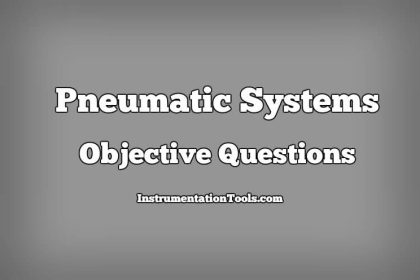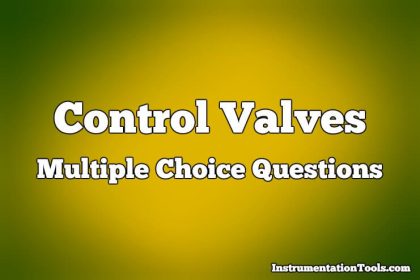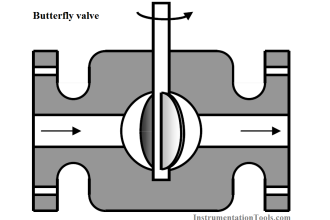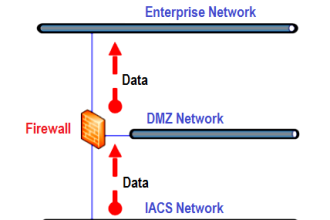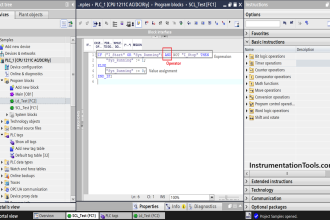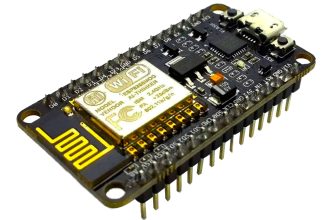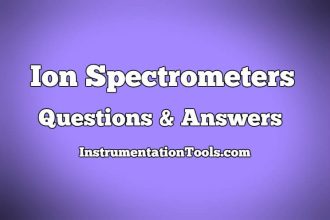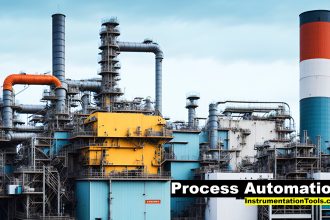Sodium Analyzer Questions & Answers
1. Which of the following indicate leakages in a condenser?
a) Concentration of sodium in steam and condensate are very high
b) Concentration of sodium in steam and condensate are very low
c) Concentration of sodium in steam and condensate are equal
d) Concentration of sodium in steam and condensate are not equal
Answer: d
Explanation: If the concentration of sodium in steam and condensate are not equal, it means that a leakage is present in the condenser. If the values are equal, then it means that no leakage is present.
2. Which of the following are added for pH adjustment in sodium analyser?
a) Acidic solution
b) Basic solution
c) Hydrazine
d) Ammonia buffer
Answer: d
Explanation: Ammonia buffer is added for pH adjustment in sodium analyser. This is added to the reference and sample solutions.
3. Normally, electrodes measure which of the following parameters?
a) Activity
b) Activity co-efficient
c) Blank constant
d) Ionic co-efficient
Answer: a
Explanation: Normally, electrodes measure activity of the ion. It is a measure of free ions in the solution.
4. Which of the following represent concentration of a solution?
a) Only free ions
b) Only bound ions
c) Free ions and bound ions
d) Either free ions or bound ions
Answer: c
Explanation: Concentration refers to the sum of free ions and bound ions. Activity refers only to free ions.
5. Sodium selective electrode provides good response in measurement when the pH is above which of the following values?
a) 2
b) 3
c) 5
d) 10
Answer: d
Explanation: Sodium selective electrode provides good response in measurement when the pH of the solution is above 10. Hence, buffer solution is used.
6. Which of the following are used to free bound ions or liberate bound ions?
a) Colouring agents
b) Ammonia Buffer
c) Reagents
d) Iodine solution
Answer: c
Explanation: Reagents are used to free bound ions or liberate bound ions. The addition of reagent prevents unwanted ions from entering into the measurement.
7. In which part of the apparatus are the reference and ion selective electrodes placed?
a) Head tank
b) Flow cell
c) Reservoir
d) Solenoid valve
Answer: b
Explanation: The reference and ion selective electrodes are placed in the flow cell. Sample is maintained in the constant head tank.
8. The output of the electrode in sodium analyser is proportional to which of the following parameters?
a) Activity
b) Concentration
c) Negative logarithm of sodium ion concentration
d) Logarithm of sodium ion concentration
Answer: d
Explanation: The output of the electrode in sodium analyser is proportional to logarithm of sodium ion concentration. The value is recorded and indicated.
9. Cleaning process gives accuracy and long life.
a) True
b) False
Answer: a
Explanation: Cleaning process gives accuracy and long life. Spray nozzles can be used to clean the electrodes.
10. Presence of sodium sulphate in water causes corrosion in boilers.
a) True
b) False
Answer: a
Explanation: Presence of sodium sulphate in water causes corrosion in boilers. Sodium hydroxide and sodium chloride salts also cause corrosion.

